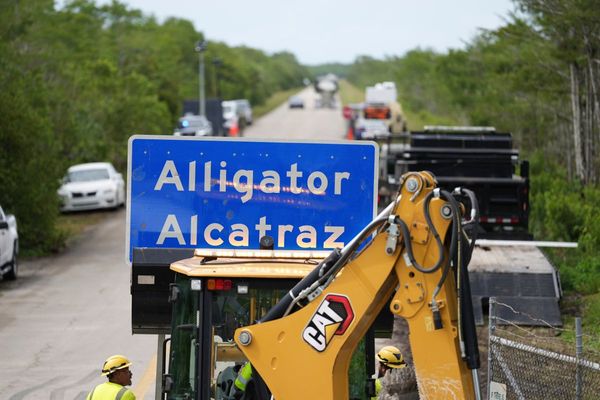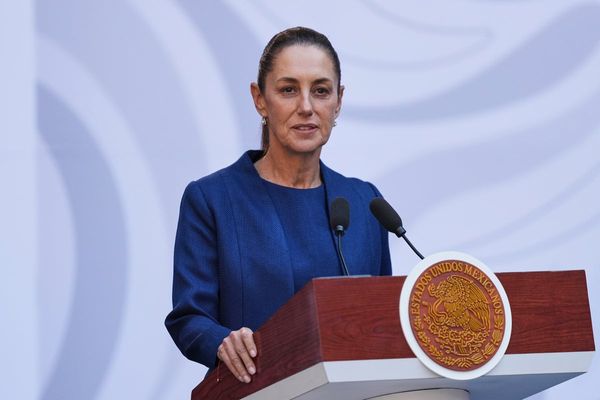
In the past couple of months, Reserve Bank governor Philip Lowe and an increasing number of columnists and economists have rediscovered that old ’70s and ’80s economic frightener: the wage-price spiral.
Lowe has mentioned the phrase, a proposed explanation for inflation, several times in the past month as it appears to eclipse his previous concerns about the need for rises in wages, especially in real wages.
In the RBA’s final statement for the year following a board meeting last month, Lowe said: “Given the importance of avoiding a prices-wages spiral, the board will continue to pay close attention to both the evolution of labour costs and the price-setting behaviour of firms in the period ahead.”
No doubt the tightest labour market in four decades — highlighted by the latest labour market data from the Australian Bureau of Statistics (ABS) — will keep the chattering classes warning about the dangers of a “wages explosion”, stoking fears of a spiral where wages chase prices ad infinitum and we all end up “rooned” like Hanrahan.
Those fears are simply mindless reruns of ancient industrial relations and economic history — nostalgia that passes for economic analysis among the neoliberals and others in business and policymakers.
Further reports this week from the ABS on the health, shape and structure of the Australian labour market shoot down those fears and should put them to bed. But they won’t, because a wage-price spiral, like blaring headlines about strikes, is scaremongering by people who should know better.
The ABS confirmed that union coverage in the Australian economy is now at a record low: just 12.5% of the 11.4 million people in the labour force in August 2022 were union members. That’s around 1.4 million workers, a decrease from 14.3% coverage in 2020, and 41% in 1992 (in the last recession).
The bureau said the education and training industry (at 30%) and the professional occupation group (19%) had the highest rates of union membership. But they were still down slightly from the 2020 levels of 31% and 21%, respectively.
This begs the question: how will a small proportion of the Australian workforce convince millions more people to strike and demand higher wages when agreements, contracts and other deals clearly restrict them from doing so?
Getting a damaging wage-price spiral from such a small proportion would be laughable if it wasn’t for the likes of Lowe voicing these concerns and giving them legitimacy. The labour market is tight — according to the ABS, the number of job vacancies was double the pre-pandemic level, with about 380,000 spots unfilled, despite a record 6.5% of workers holding more than one job.
The number of secondary jobs was highest in health care and social assistance, education and training and administrative and support services — all mostly lower-paid workforces (who received the bulk of a 3.1% rise in the September quarter’s wage price index in the form of the two national pay rises).
The proportion of vacant jobs rose in all industries between March 2020 (the start of the pandemic) and September 2022. The ABS said the increase was most pronounced in accommodation and food services and arts and recreation services — two industries for which jobs and hours have also been particularly impacted during the pandemic.
“The accommodation and food services industry saw the largest increase in the share of jobs that were vacant, increasing from 1.2% in March quarter 2020 to 5.1% in the September quarter 2022,” ABS labour statistics chief Bjorn Jarvis said.
And the ABS data has one very pertinent fact for the wages debate: the Labour Account statistical series clearly shows “average income per employed person” rising 1.6% in the quarter to $22,409 and 3.5% over the year to September. But that was clearly slower than the 2% quarter-on-quarter rise reported in the June quarter and the 4.8% annual rate.
The data includes everyone employed in Australia — from CEOs to part-time workers. That’s why it’s a low figure compared with average weekly earnings. The data shows wages-growth slowing, not accelerating into a spiral.







